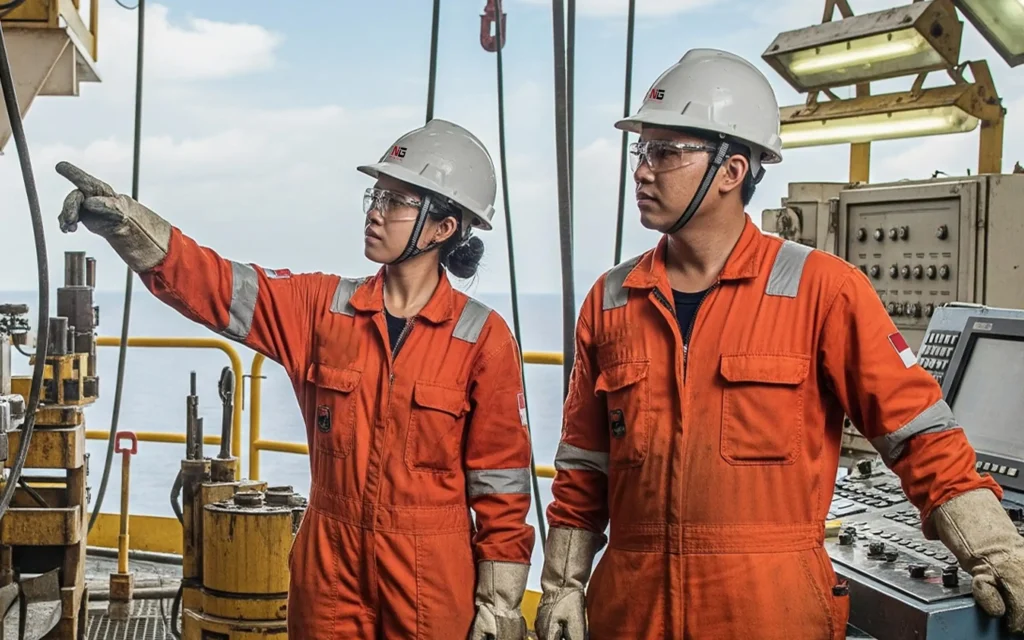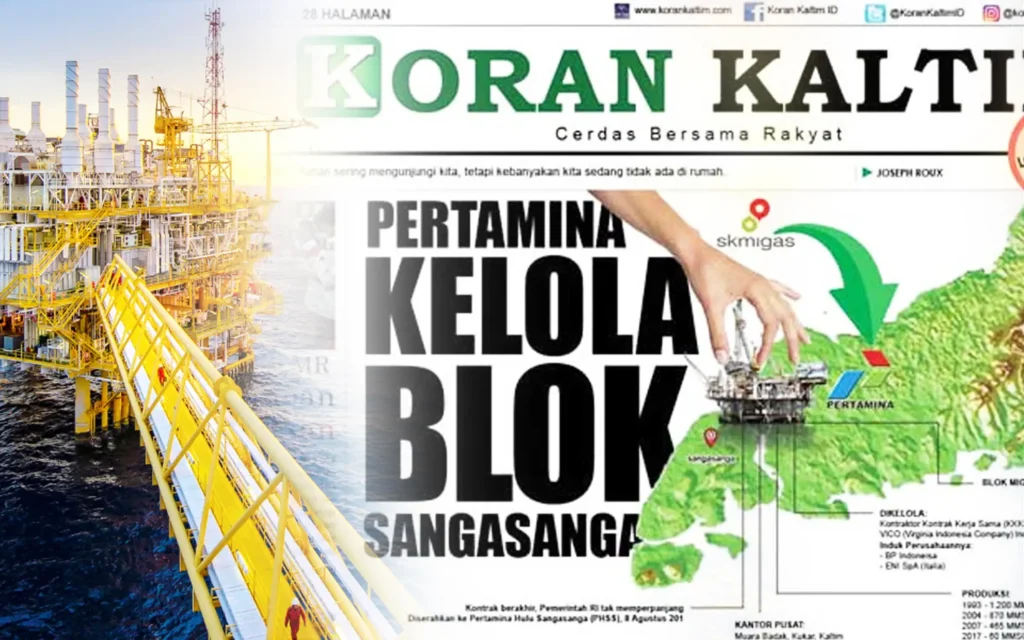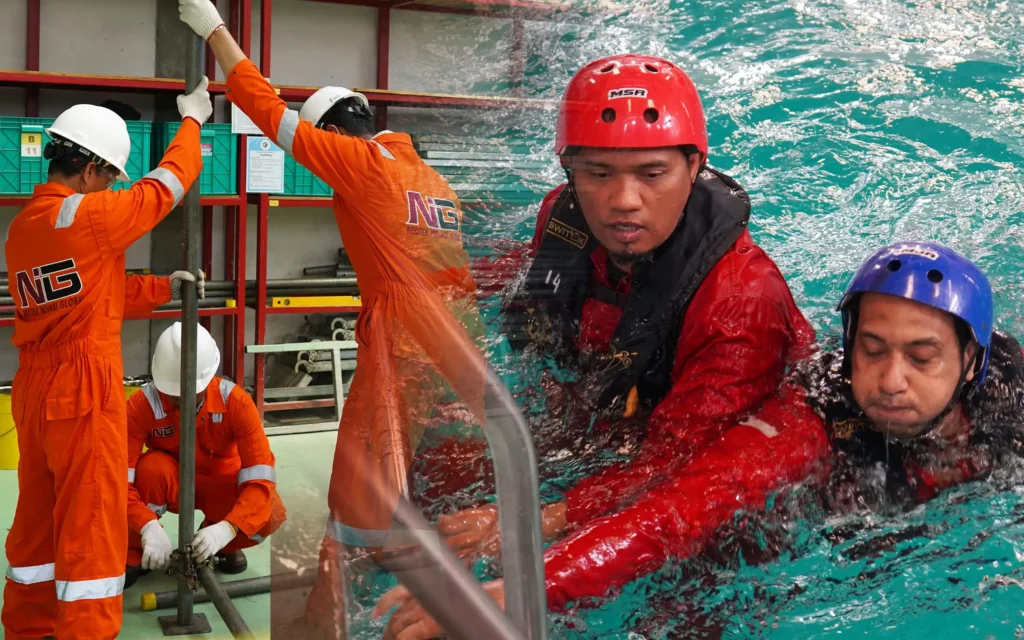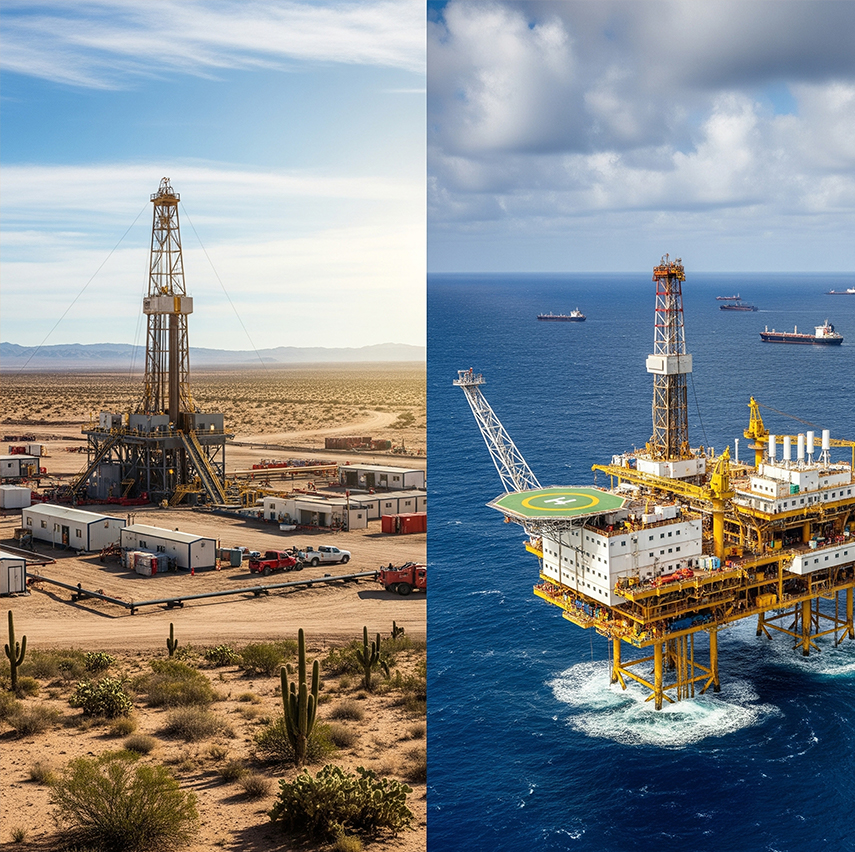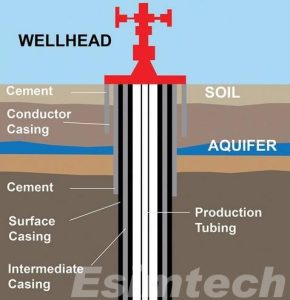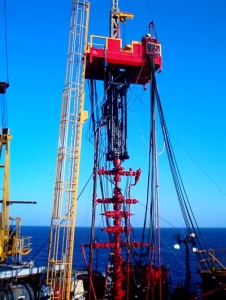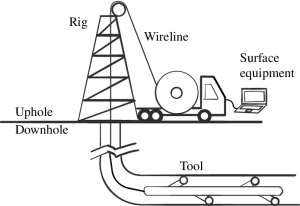Learn the distinctions of offshore vs onshore drilling, including technology, risk factors, and operational costs in the industry. While both approaches aim to extract hydrocarbons, they differ significantly in operational complexity, equipment, and the challenges they present to workers and companies. Understanding these differences is crucial for planning, risk management, and cost control.
Technology Differences
Onshore drilling generally uses land rigs, which are simpler, mobile, and easier to set up. The rigs often include basic drilling equipment, mud pumps, and standard safety systems. Onshore operations benefit from easy access to electricity, roads, and local suppliers, making technology deployment and maintenance straightforward.
Offshore drilling, however, involves specialized rigs designed to operate in oceans, seas, or large lakes. These rigs include jack-ups, semi-submersibles, and drillships, often equipped with advanced monitoring systems, blowout preventers (BOPs), dynamic positioning systems, and deepwater drilling technology. Offshore drilling requires continuous remote monitoring, automated safety systems, and specialized onboard accommodations for crews, which adds complexity and operational demands.
Risk Factors
Onshore operations face risks such as equipment failure, high-pressure wells, fire hazards, and environmental concerns like land contamination and water usage. Crew safety is managed through proper training, PPE, and adherence to safety procedures.
Offshore drilling carries higher risk due to harsh environmental conditions, including storms, waves, and strong ocean currents. Emergency response is more complicated because of remote locations, requiring life rafts, helicopters, and detailed evacuation procedures. Oil spills and blowouts offshore can have severe environmental and economic consequences, making preventive measures and real-time monitoring critical.
Operational Costs
Onshore drilling is generally less expensive. Lower logistics costs, easier transport of equipment and personnel, and simpler infrastructure make operations more economical. Drilling time is often shorter, and maintenance is easier to perform.
Offshore drilling is significantly more costly due to specialized rig construction, transportation of materials and crews, on-site living accommodations, and extensive safety systems. Operating far from shore also increases fuel, supply, and maintenance costs, while technical requirements for deepwater drilling further raise the budget.
Workforce and Safety Considerations
Onshore crews typically have easier access to emergency services, medical support, and training facilities. Offshore workers must undergo specialized training for evacuation, survival at sea, and handling emergencies in isolated environments. Safety culture and compliance with strict international regulations are paramount offshore.
Conclusion
The distinctions between offshore and onshore drilling are clear: offshore operations require advanced technology, face higher risks, and incur greater operational costs, while onshore operations are simpler, cheaper, and easier to manage. By understanding these differences, companies can plan effectively, allocate resources wisely, and ensure the safety of their personnel while maximizing operational efficiency.






